Achieving a good return on our money is something we all aim for. So, when we invest, we do so with the expectation of generating income or capital growth. The cover story this time adopts a slightly different approach from the usual—it is a blueprint that will help you successfully invest in stocks. It is inspired by the famous proverb that goes something like this: Give a man a fish, and you feed him for a day. Teach a man to fish, and you feed him for a lifetime. This time, it is not a stock pick or recommendation that you can invest in.
Advertisement
WHY INVEST?
Before you even begin, understand that investing in equities is a good investment because, in the long run, it is the only financial asset that beats inflation, which, in turn, helps us maintain a good standard of living. Says Sanjiv Bajaj, managing director, Bajaj Capital: “Our investment philosophy is based on the following core principles of investing: markets are broadly efficient, risk and return go hand in hand, asset allocation is the key to performance and discipline is paramount.” He could not have stressed more on the foundation on which a winning portfolio rests.
The next step, which is often missed by investors, is to understand their tolerance to risk. “An asset allocation is possible only after one has undergone a risk tolerance test,” stresses Amit Suri, CEO, AUM Wealth Management. Investment returns are not usually guaranteed and any investment strategy brings with it the potential for loss. As each type of investment carries a different level of risk, it is important to know what one is getting into before taking the investment plunge. Having figured out the risk that you can take, it will be easy for you to arrive at the right ratio of asset allocation between debt and equity.
Advertisement
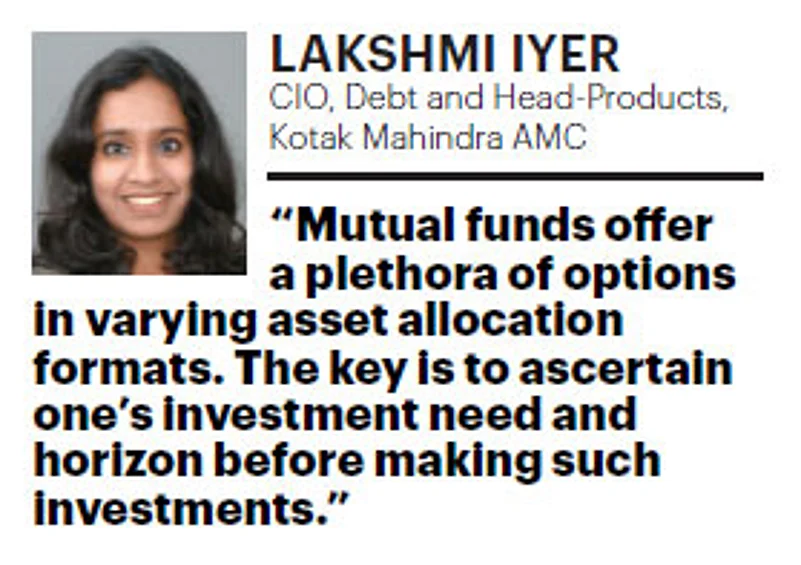
“The first level is filtration—to narrow down the universe of funds—and is conducted based on the analysis done on a proprietary model developed by us,” says Anupam Guha, head-private wealth management, ICICI Securities. The actual portfolio construction depends on client requirements, investment horizon and risk aptitude, according to him. The approach is similar when one is constructing a portfolio of stocks. Of course, in such cases, filtration has to be done oneself rather than relying on someone else.
When it comes to investing in equities, one could consider either direct equity investment or investing through funds. Both have their merits. “In equity as an asset, divide your investments between mutual funds and direct equity. When investing in direct equity, stick to bluechips and good mid-cap companies,” advises Kartik Jhaveri, director, Transcend Consulting (India). This is an approach that you could consider if you are looking for a mix of equity and equity-related investments like diversified equity mutual funds.
INVESTING TYPES
When it comes to selecting stocks, there are several approaches that exist and are suggested. For instance, the top-down or bottom-up approach to stock selection is widely spoken of. The top-down begins by thinking about the big picture. Typically, one starts by looking at the economy, interest rate and market valuations before deciding on a stock. For instance, if you believe that interest rates are going to come down in the coming months, you would like to identify sectors that will be positively impacted by the fall in interest rates to pick out the best performing stocks in that sector and add them to your portfolio.
Advertisement
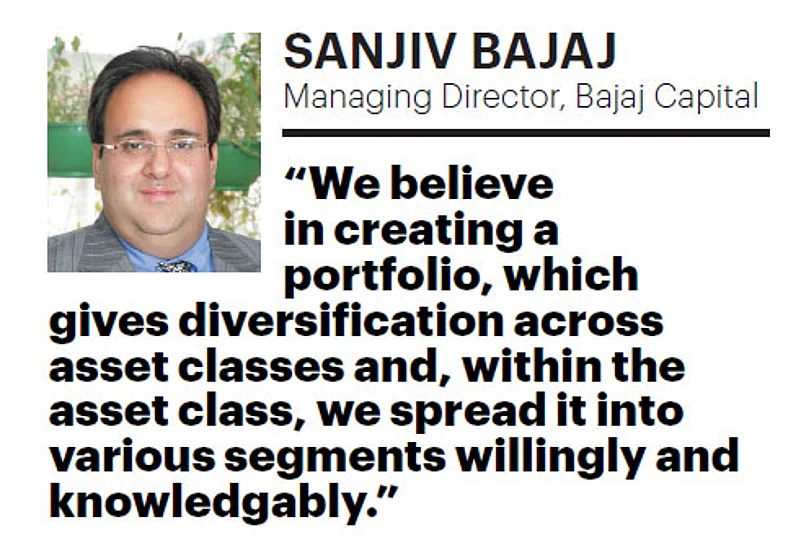
In contrast, bottom-up investing is all about the detail or the smaller picture. The stocks are chosen based on their valuations and the growth potential of the company instead of looking whether the company is in the right sector or not. A bottom-up investor looks at company-specific factors: market size, competitive position of the company, sales, earnings, expected future earnings and balance sheet before deciding whether to invest or not.
A bottom-up investor would study variables like price-to-earnings ratio (PE), any debt or net cash the company has and its dividend yield. Both the approaches try to achieve the same outcome—pick out a winning stock, which can deliver the best returns. There are those who follow a mix of these approaches to derive the best out of the two. There is no harm in learning about the financial ratios that will help you invest better, but you need to develop on this acumen to be on top of your investments when it comes to investing directly in stocks.
Advertisement
There is a growing tribe of investors who swear by the value investing tenets as propounded by Benjamin Graham. Over the years, value investing as prescribed by Warren Buffett has also found several takers. This type of investing calls for a little more acumen and awareness because value investors look for companies that have a stock price trading at a discount to its intrinsic value. The intrinsic value can be thought of as the true value above and beyond what the stock market depicts.
Value investors tend to hold stocks for an extended period of time, because they believe in the theory that the stock price will reach its intrinsic value
Advertisement
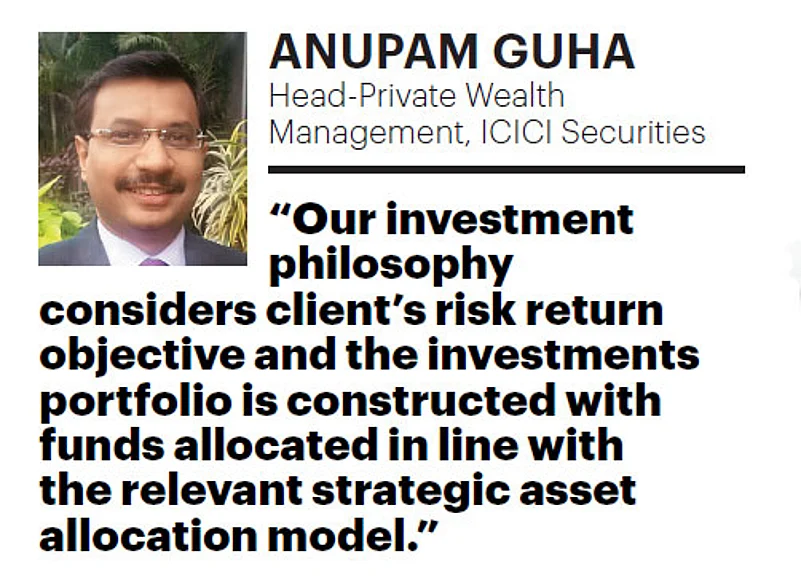
eventually. The eventuality isn’t so easy to predict—a reason why Warren Buffett still holds on to investments that he has held for decades. To understand more about value investing, it is recommended that you read the book review section on page 80. All the three books under the Little Book series are worth a read if stock market investing is what you are about to explore.
ECONOMIC MOATS
Like most things in modern investing that finds a link to Warren Buffett, so does the concept of an economic moat. In 1995, during the Annual Berkshire meeting, he said: “We like stocks that generate high returns on invested capital, where there is a strong likelihood that it will continue to do so.” According to Buffett, the economic world is divided into a small group of franchises and a much larger group of commodity businesses, most of which are not worth purchasing. He defines a franchise as a company whose product or service (1) is needed or desired, (2) has no close substitute, and (3) is not regulated. Individually and collectively, these create what Buffett calls a ‘moat’—something that gives the company a clear advantage over others and protects it against incursions from the competition.
Advertisement
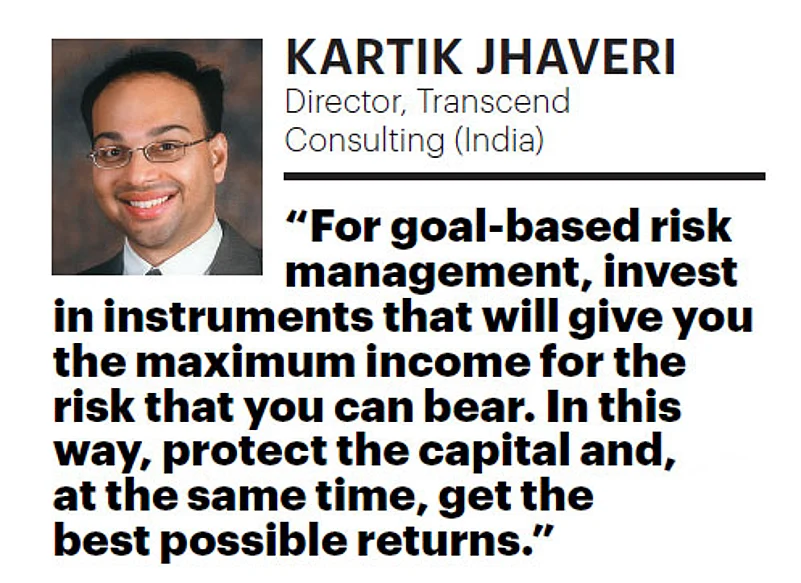
This approach is by far the most simple and easy way to arrive at companies in which one can invest for the long run. Strong brand power, high switching costs, network effect and low cost of operations are some of the sources of economic moats. Think of companies like Asian Paints, Pidilite India (makers of Fevicol), Exide Industries, Maruti Suzuki, Titan, and even Nestle India, despite the recent Maggi Noodles fiasco. All of these are companies with economic moats that have done very well as investments in the long run. Yes, many of these companies have a premium in their respective segments.
To understand why moats matter to you as an investor, consider the way you would approach purchasing decisions for your house. For instance, consider why you would look for a Titan watch over, say, a Samay or, for that matter, explores Nestle Kitkat over a Priya chocolate. You look to buy items that last longer, are safe and have quality even when they command a higher price because the higher upfront cost will be offset by a few more years of use and the quality that is promised and inherent.
This very concept applies to the stock market. Durable companies—business that have strong competitive advantages—are more valuable than companies that are at risk of going from hero to zero in a matter of months because they never had much of an advantage over their competition. This is the biggest reason that economic moats should matter to you as an investor for companies with moats are more valuable than companies without moats.
There is another option, too, wherein one can check the stocks in which well-performing mutual funds invest. For several smart investors, this is a smart way of riding the most invested stocks by a community of professional money managers. However smart this approach may seem, it has its flaws because the portfolios constructed by successful fund managers are done so over a long period and, by the time their portfolios are shared on a public forum, there is a lag.
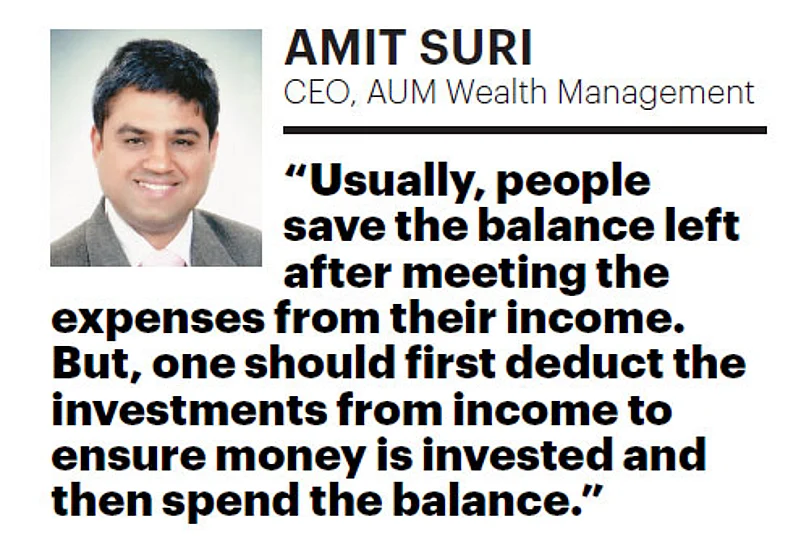
Overall, your approach to stock selection should be based on your understanding of a company whose stock you are considering to invest in. You should invest in companies whose future prospects are strong and rosy. While you would want to invest in a company that is likely to grow at 25 per cent for the next five years, it is neither correct nor wise to invest in it when it is priced high. For instance, it is one thing to invest in Infosys today versus investing in a company being touted as the next Infosys. When zeroing in on a stock, make sure you do so when it is still well priced and has value than at a time when its value has been factored in by other market participants.
MANAGING INVESTMENT
Says Lakshmi Iyer, CIO, debt and head-products, Kotak Mahindra AMC: “Investments, ideally, should be in a ‘Fill it. Shut it. Forget it mode’ as they are intended for long term.” But, that is not the case as howsoever good an investment, there is a much compelling reason to review its performance over a period of time; this is where review and rebalancing comes in. Review results in rebalance. “Re-balancing should strictly be done keeping the initial asset allocation in mind. An annual review of the portfolio would suggest deviations from asset allocation and that should lead to corrective action, if any,” adds Iyer.
You will understand with the above example that investing alone is not the end, managing it through its cycle is crucial. “An ideal portfolio should not require alterations unless any major change has occurred in the investor’s life,” adds Suri.
Evaluate the performance of your stocks as a whole and also individually. Compare it with a benchmark to see how it has fared. If your stock holding has underperformed the index, perhaps you would be better off investing in a mutual fund or exchange-traded fund that tracks the associated index. Also, measure your stock’s performance against your own expectations.
Investing is not an easy, hands-off affair. To understand when you should not invest in equities and instead consider mutual funds, read To do or not to do on the next page where Dhirendra Kumar, CEO, Value Research, articulates why he invests in mutual funds over direct equities. If you are convinced the way he is, explore our OLM Elite portfolios on page 52 and choose your right fit. As for those who have come this far, the merit is in adopting an investment strategy of one’s own, which can be a mix of the popular and time-tested methods. That, in effect, is the secret of a winning portfolio—discipline, experience and patience. With these traits, go ahead and start investing in equities on your own.















 Just one email a week
Just one email a week